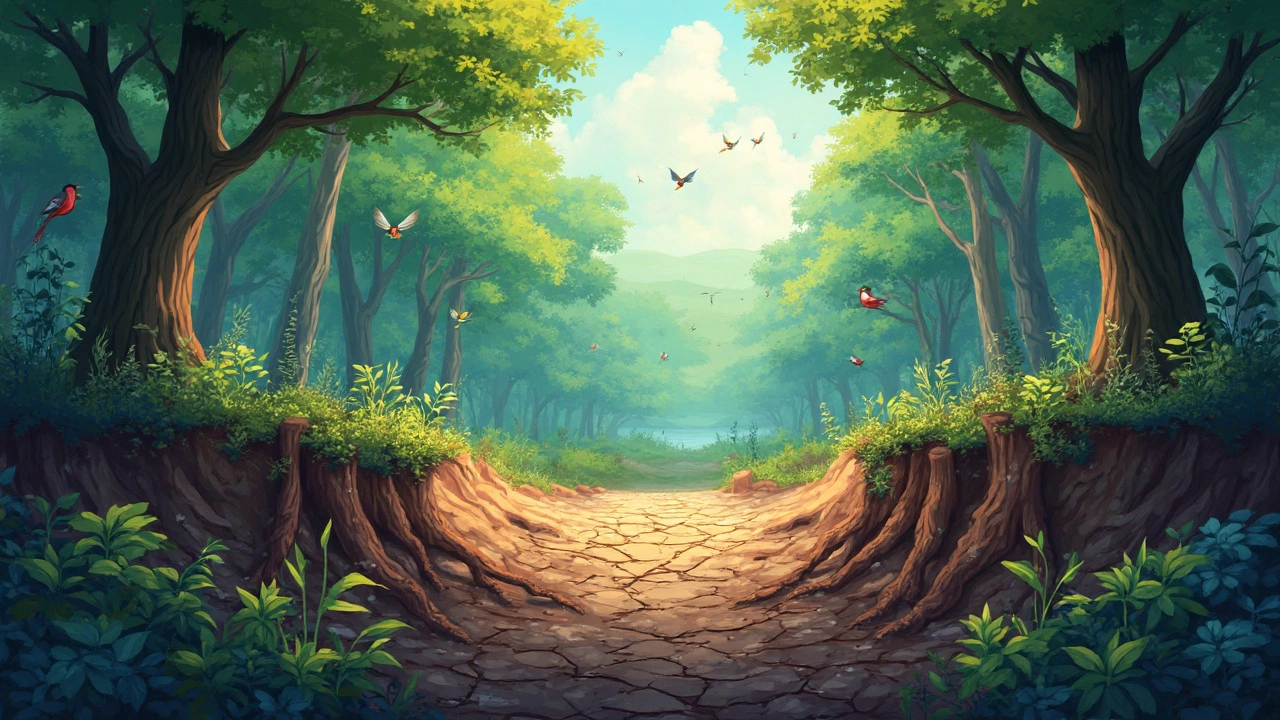Biodiversity loss – why it matters and what you can do
When you hear the phrase “biodiversity loss,” it can sound like a distant scientific concern. In reality, it touches everything from the food on your plate to the air you breathe. Species disappearing, habitats shrinking, and ecosystems weakening are not just headlines – they affect the stability of our lives.
Think about the honey‑bees that pollinate many of the fruits you enjoy. If those bees vanish, the crops they pollinate struggle, prices rise, and we lose nutrition sources. That’s a clear example of how losing biodiversity ripples through the food chain, the economy, and our health.
Why biodiversity loss happens
Most of the time, human actions drive the decline. Land is cleared for farms, cities, and roads, destroying the homes of countless animals and plants. Pollution from factories and vehicles turns clean water into a toxic mess, making it impossible for many aquatic species to survive.
Climate change adds another layer. Warmer temperatures shift the zones where species can live, forcing them to move or die. Invasive species—organisms introduced from elsewhere—often outcompete native wildlife, speeding up the loss.
Over‑exploitation also plays a big role. Overfishing empties oceans, while illegal logging strips forests of the trees that hold soil and water in place. All these pressures combine, leading to a steady drop in species numbers worldwide.
What you can do today
Good news: individual actions add up. Start by supporting local, sustainable food. Buying seasonal produce reduces the need for long‑haul transport and lowers the carbon footprint. If you can, plant native flowers or shrubs in your garden – they provide food and shelter for pollinators and birds.
Reduce waste wherever possible. Recycling, composting kitchen scraps, and cutting down on single‑use plastics keep pollutants out of rivers and oceans. When you shop, look for products with eco‑certifications that guarantee responsible sourcing.Getting involved in community projects can amplify your impact. Join a local conservation group, volunteer for a clean‑up day, or help monitor wildlife in your area. Even a few hours a month helps scientists gather data that can shape policy.
Finally, stay informed and spread the word. When friends and family understand how biodiversity loss affects them directly, they’re more likely to make greener choices. Share simple tips, use social media responsibly, and vote for leaders who prioritize the environment.
Remember, stopping biodiversity loss isn’t a single‑person job. It’s a collective effort, and every small step counts. By caring for the natural world around you, you protect the web of life that keeps us all thriving.

Immediate Threats to All Life on Earth: What We Need to Know
Earth faces pressing threats that could affect all life forms, including climate change, biodiversity loss, and the unsustainable use of resources. This article delves into the most immediate dangers, backed by compelling statistics and real-world examples, making sense of how they impact our planet. It explores practical steps that individuals and communities can take to lessen these threats. Readers will gain a deeper understanding of the interconnectedness of ecological systems and human actions. It’s time to uncover the issues that could shape our future.